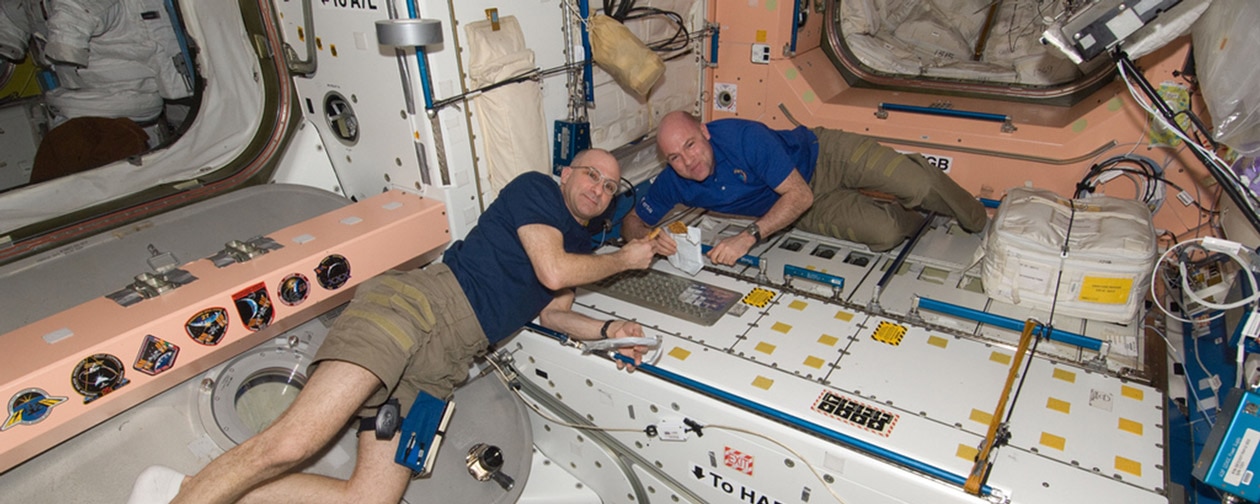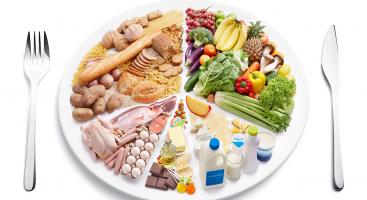

-
Visit
Opening hours From Tuesday to Sunday
October to March:
10:00 - 17:00
April to September:
10:00 - 18:00Contact emailEntrance feesAdults: CHF 15.00
Reduced rate: CHF 12.00
Children 6-15: CHF 6.00
Children 0-5: FreeAddressQuai Perdonnet 25
CH-1800 Vevey
Switzerland - Learn & Play
- About us
- Accessibility
Welcome !
Think. Learn. Interact.
Create an account in seconds and discover the amazing Alimentarium experience !
- Home
- Brief History of Eating In Space
more...
alimentarium
magazine
Our monthly newsletter keeps you up-to-date so you can be the first to discover our latest articles and videos. Explore, learn and join in!







